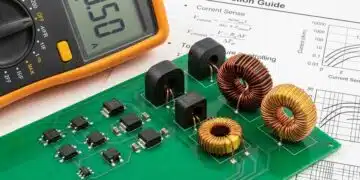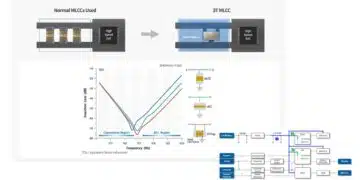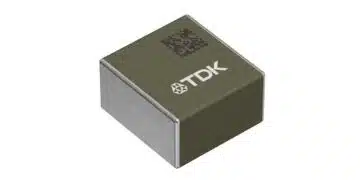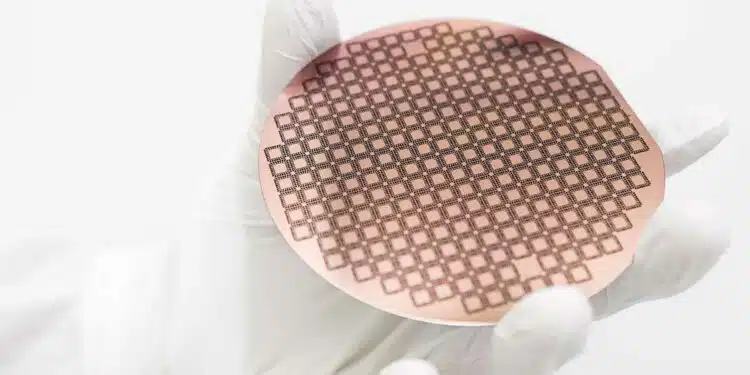Smoltek Nanotech Holding AB announces a strategic update for its wholly owned subsidiary Smoltek Semi AB.
Smoltek Semi develops CNF-MIM – a proprietary carbon nano fiber capacitor technology, which is intended to meet the demands of next-generation electronics, including applications in AI, smartphones and automotive electronics.
The full strategic update is available on Smoltek’s website under the “Investors” tab or here.
Smoltek Semi’s CNF-MIM capacitor technology offers up to 50 percent higher capacitance density compared to existing solutions.
The technology is scalable, cost-effective and compatible with multiple substrate types – including silicon, glass and aluminum – and is being developed in close collaboration with leading players in the semiconductor ecosystem, including ITRI and Tong Hsing in Taiwan.
Smoltek Semi has a business model based on license revenues, advance payments, royalties and technical support, which reduces the need for large investments in its own production. The advanced capacitor market is estimated to be approximately SEK 20 billion by 2025, with an annual growth rate of 5–8 percent.
The core of Smoltek’s business model is a strategic competitive advantage in the form of 30–40% lower estimated manufacturing costs. This enables significant value creation for both industrial partners and Smoltek in both the short and long term.
During the period 2025–2026, Smoltek Semi plans to carry out several important activities, including technical validation of the Gen-One technology generation, customer evaluations, and initial discussions regarding future licensing agreements with industrial partners.
Smoltek is considering the possibility of a spin-off or separate listing of Smoltek Semi AB in the long term, as part of maximizing value for its shareholders.
































